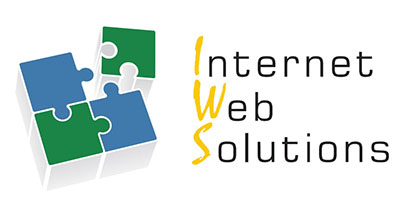Test Yourself! 
Description:
Empathy is a complex phenomenon, and this unit, entitled Empathy in the Workplace, looks at definitions of empathy and distinguishes between different types of empathy. It also discusses employee empathy, explains the benefits of empathy in the workplace, and identifies ways to improve empathy in the workplace. Finally, it discusses empathic leadership and the characteristics of empathic leadership and empathic leaders.
Keywords
Empathy, Types of empathy, Employee empathy, Empathic leadership
Bibliography
• Agosta, L. (2015). A Rumor of Empathy: Resistance, narrative and recovery in psychoanalysis and psychotherapy. London: Routledge
• Center for Creative Leadership (2016). Empathy in the Workplace: A Tool for Effective Leadership [White paper]. https://cclinnovation.org/wp-content/uploads/2020/03/empathyintheworkplace.pdf
• Coplan, A., Goldie, P. (2011). Empathy: Philosophical and Psychological Perspectives. New York: Oxford University Press Inc.
• Empathy (The Cambridge Dictionary) https://dictionary.cambridge.org/dictionary/english/empathy
• Howe, D. (2013). Empathy: What it is and why it matters. Basingstoke: Palgrave Macmillan
• McLaren, K. (2013). The Art of Empathy: A Complete Guide to Life’s Most Essential Skill. Colorado: Sounds True
• Pallapa, G. (2022). Leading with empathy: Understanding the needs of today’s workforce. Hoboken, New Jersey: John Wiley & Sons, Inc.
• Riess, H., Neporent, L. (2018). The empathy effect: seven neuroscience-based keys for transforming the way we live, love, work, and connect across differences. Boulder CO: Sounds True
• Segal, E. A., Gerdes, K. E., Lietz, C. A., Wagaman, M. A., Geiger, J. M. (2017). Assessing Empathy. New York, NY: Columbia University Press
• Ventura, M. (2019). Applied Empathy: The New Language of Leadership. Hachette UK
• Young, I. (2015). Practical Empathy: For Collaboration and Creativity in Your Work. Brooklyn, New York: Rosenfeld Media

 Play Audio
Play Audio 














